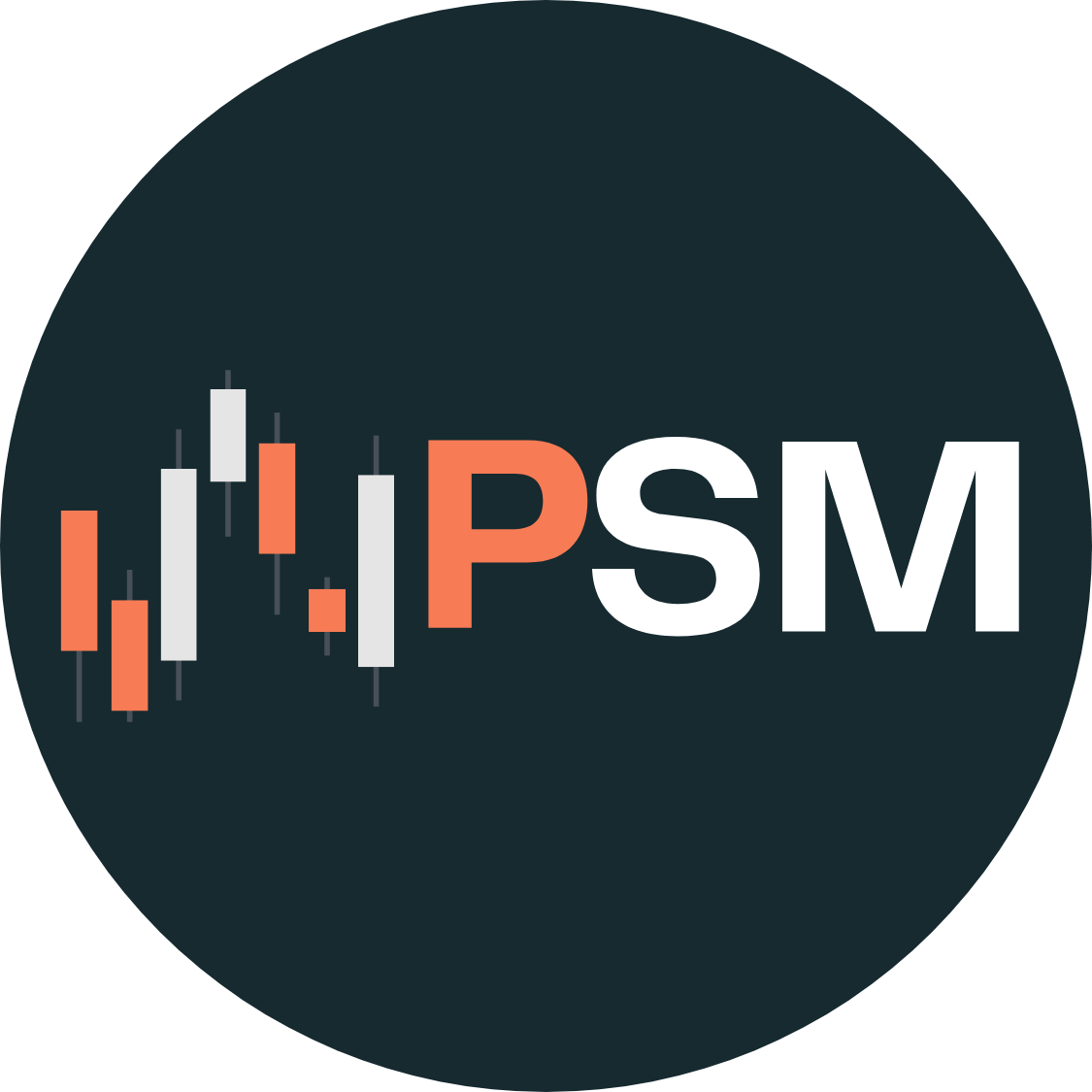Boeing (BA) has recently secured a key regulatory milestone, as the U.S. Federal Aviation Administration (FAA) authorized the company to proceed to the next phase of certification for its flagship 777-9 aircraft. This development marks a significant step toward finalizing approval of the 777X program, Boeing’s largest and most ambitious commercial jetliner endeavor to date. For investors and market watchers, this regulatory clearance signals that Boeing may be on track to deliver the 777-9 to customers in the near future, with potential implications across aerospace sector stocks and related industries.
Regulatory Progress Reignites Optimism
The FAA’s approval last week to advance to the next certification stage follows years of development delays and intensified scrutiny after multiple setbacks. The 777-9 model, the largest variant in Boeing’s 777X family, has faced technical challenges—including issues with the GE9X engines and other systems—and the broader fallout from regulatory reviews triggered by the Boeing 737 MAX tragedies. Flight testing was suspended and extended multiple times due to these complications, compounded by the global pandemic’s impact on aerospace operations.
With the FAA now permitting Boeing to proceed, it reflects growing confidence that the jet’s technical hurdles have been sufficiently addressed. This progress comes after the company completed over 1,400 test flights, accumulating nearly 4,000 flight hours, indicating substantial operational validation of the aircraft’s design and systems. Industry experts and Boeing officials have long projected certification and entry-into-service (EIS) around 2025-2026, making this latest FAA nod a crucial endorsement supporting those timelines.
Significance for Boeing and Investors
The 777-9 is a pivotal product for Boeing’s commercial segment, designed to compete directly with Airbus’s A350-1000 on fuel efficiency, passenger comfort, and range. Boeing envisions the 777X series, which includes the 777-9 and ultra-long-range 777-8 variants, as a cornerstone for regaining lost market share and addressing airlines’ demand for more efficient, larger-capacity aircraft on long-haul routes.
Financially, successful certification and subsequent delivery of the 777-9 will enhance Boeing’s revenue streams and profitability, both of which have been under pressure due to past program delays and residual pandemic effects. This program is also critical for Boeing’s supply chain, including engine and component manufacturers like General Electric, whose GE9X engines power the 777-9, and key aerospace parts suppliers.
For investors, the FAA clearance reduces a meaningful source of uncertainty that has weighed on Boeing’s (NYSE: BA) stock performance and valuation. It signals progress toward revenue recognition from new aircraft deliveries and potential for improved market confidence. The aerospace manufacturing sector as a whole—including suppliers and engine manufacturers—is likely to react positively as momentum builds behind fleet upgrade cycles slated for the next several years.
Broader Market and Sector Implications
Beyond Boeing itself, the aviation and aerospace supply chain stands to benefit as certification nears. Companies supplying avionics, composite materials, and jet engines see demand tied to ramping 777X production. The commercial aerospace manufacturing sector commonly fluctuates with such milestone events due to their capital-intensive and long-lead-time nature.
ETFs focused on aerospace and defense, such as the U.S. Aerospace & Defense ETF (ITA), may also see positive sentiment spillover, reflecting broader optimism about the sector’s medium-term growth prospects.
Furthermore, airline operators who have placed orders for the 777-9—such as Emirates, Lufthansa, and other international carriers—could eventually see cost savings and competitive advantages by integrating the more fuel-efficient jets once deliveries begin. This might spur further aircraft orders or fleet upgrades, benefiting manufacturers downstream.
Outlook and Remaining Challenges
While the FAA’s approval represents an important milestone, it is not the final step. The certification process involves multiple phases, including exhaustive safety and performance tests before the FAA grants full type certification and airlines can begin commercial operations. Boeing officials have emphasized cautious optimism as the company navigates these remaining regulatory hurdles.
Investors should monitor future FAA announcements, Boeing’s delivery schedules, and any updates on flight testing results that may impact timelines. Delays or technical setbacks could still arise, as with any complex aerospace program.
Conclusion
The FAA’s recent clearance to move Boeing’s 777-9 into the next certification phase is a positive development for the aerospace giant and its stakeholders. It bolsters the outlook for Boeing’s flagship widebody jetliner, potentially unlocking significant revenue and profitability gains in the coming years. For investors, the move alleviates a key uncertainty around Boeing’s commercial aircraft pipeline and highlights growth potential across aerospace suppliers and related sectors. As Boeing advances toward final approval and delivery, the market will keenly watch how this milestone influences shares of Boeing and its major partners in an industry on the cusp of recovery and innovation.











